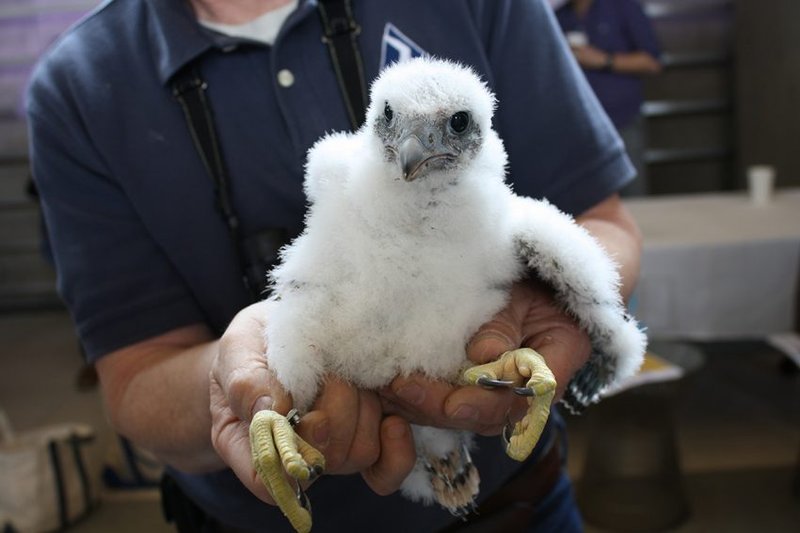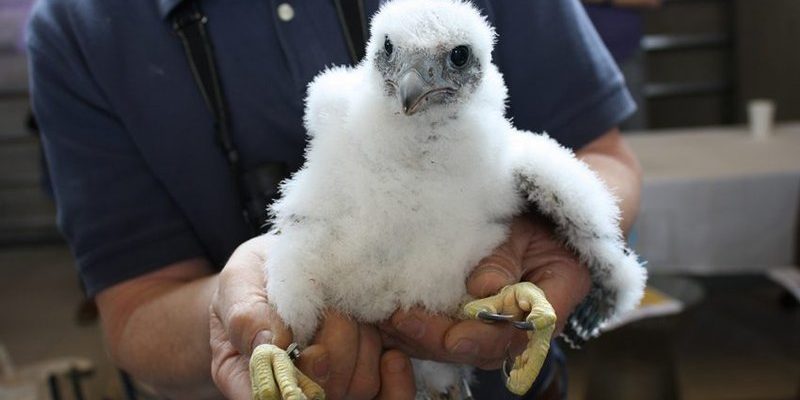
Falcons, particularly species like the peregrine falcon, have adapted over millions of years to survive in places that would put most animals in a bind. From freezing cold temperatures to scorching deserts, their physical and behavioral traits let them thrive where many would struggle. So, grab a coffee, sit back, and let’s dive into the fascinating world of falcons and how they manage to call the harshest areas home.
Physical Adaptations That Enable Survival
One of the first things that strikes you about falcons is their impressive physique. These birds have a sleek, aerodynamic body that allows them to fly at incredible speeds—some species reach over 240 miles per hour during a dive! This speed isn’t just for show; it’s a crucial survival tool. When food is scarce, being able to catch small animals quickly can make all the difference.
Another key feature is their strong talons and curved beaks. Falcons have sharp, powerful feet designed for capturing and killing prey. Their beaks are also hooked, allowing them to tear into the flesh easily. Imagine having the perfect tools in your toolbox—everything you need to make your work easier. That’s exactly what falcons have in their physical traits, making them top predators in their environments.
Additionally, their feathers play a critical role. Falcon feathers are lightweight yet sturdy, reducing drag as they fly. More importantly, their plumage often blends seamlessly into their surroundings. This camouflage helps them stay hidden while stalking prey, making them effective hunters. Just think of it as wearing the right outfit to blend in on a busy street—you want to go unnoticed while you look for opportunities.
Behavioral Strategies for Harsh Climates
Beyond their physical traits, falcons exhibit remarkable behavior that aids their survival in challenging climates. One such behavior is their migration patterns. Many falcon species migrate to find food. For example, the peregrine falcon may travel thousands of miles from colder regions in search of warmer climates with ample food supplies.
These birds also show incredible adaptability in their hunting techniques. For instance, peregrines often hunt in open areas where they can spot prey from above. When times get tough, they may switch their diet to include smaller or different kinds of prey. This flexibility is like having a backup plan when your first idea doesn’t work out. It ensures that they’re not tied to a single food source, which is crucial when resources are limited.
Moreover, falcons are social creatures during breeding season. They often work together to defend their territory and raise their young. This teamwork can be vital in harsh environments, where the risks are higher, and support can make a huge difference in survival rates. In many ways, it’s a reminder that even the toughest creatures sometimes thrive by working together.
Adaptations to Extreme Weather Conditions
Falcons also possess unique strategies for coping with extreme weather. In cold environments, many species can withstand chilly temperatures thanks to their insulating feathers. These feathers trap air and keep them warm, like wearing a cozy winter coat. But if you think about it, it’s not just the feathers; it’s how they use them. Falcons fluff up their feathers to create extra insulation, making it easier for them to retain heat.
In contrast, falcons living in hotter, desert-like conditions have developed different ways to cope. When temperatures soar, they often hunt during cooler parts of the day—early mornings or late evenings. This timing not only protects them from the intense heat but also increases their chances of finding prey when animals are more active. It’s a perfect example of adapting behavior to the environment.
Water access is another critical factor. While falcons don’t need a whole lot of water, they often find it in the moisture contained in their prey. This ability to extract necessary hydration from food helps them survive in arid regions. It’s like getting by with just enough gas in your tank to reach the next station—resourceful and smart!
Excellent Vision for Survival
One of the most incredible traits of falcons is their eyesight, which is about eight times better than that of humans. This heightened sense allows them to spot prey from great distances, even when they’re soaring high up in the sky. Imagine trying to find a needle in a haystack; now imagine being able to see it from miles away! This exceptional vision not only aids in hunting but also helps them stay alert for predators and other threats.
The structure of a falcon’s eye is specially adapted to their hunting lifestyle. They have a high density of receptor cells called cones, which are responsible for color vision. This means they can detect minute movements and changes in their surroundings, giving them an edge in their harsh habitats. These keen senses are what allow them to thrive where other birds might fail.
Moreover, falcons have a unique feature called a nictitating membrane, which acts as a protective shield for their eyes while flying at high speeds. It’s like having a pair of goggles that protect your vision while allowing you to see clearly. This adaptation is crucial during their high-speed dives, ensuring they don’t injure their eyes as they chase down prey.
Energy Conservation Techniques
Surviving in harsh environments isn’t just about bravery; it’s also a game of energy management. Falcons have mastered the art of conserving energy when needed. For example, when they’re not hunting, they often perch in high places, like cliffs or tall trees, to rest and keep an eye out for food. This behavior reduces the amount of energy they expend searching for prey.
During particularly harsh weather, some falcon species will limit their activity to conserve energy. They might remain in sheltered areas to avoid extreme temperatures and wait for better conditions before heading out to hunt. Think about it: if you’re feeling worn out, wouldn’t you prefer to take a break and recharge rather than push through?
Additionally, in extreme cases of food scarcity, falcons can enter a state of reduced metabolic rate. This means they slow down their bodily functions slightly to use less energy. It’s similar to how we might take a nap to recharge when we’re feeling drained. By managing their energy wisely, falcons can survive longer periods without food, giving them a fighting chance in tough situations.
Importance of Nesting and Territory
Nesting is another crucial factor that plays into a falcon’s survival in harsh environments. Falcons tend to choose nesting sites that offer protection from predators and severe weather. Cliffs and tall trees provide a secure place for them to raise their young while allowing them a good vantage point to watch for danger.
Territorial behavior is vital for their survival as well. When falcons establish a territory, they defend it fiercely from other birds. This ensures they have exclusive access to a specific area’s food sources, reducing competition. It’s kind of like having your own backyard BBQ—no one wants to share their delicious food with strangers!
For falcon chicks, growing up in a safe and secure nest is essential. Parents provide them with food and protection until they’re ready to take flight themselves. The bond between parent and chick is strong, and as the chicks grow, they learn crucial survival skills from their parents, ensuring they’re well-prepared to face the world on their own.
In conclusion, falcons are remarkable animals that have evolved to thrive in some of the most challenging environments on Earth. Their physical adaptations, like speed and vision, combined with their clever behaviors and energy management, help them navigate harsh conditions with grace and efficiency. Whether soaring through frigid mountain air or hunting in arid deserts, these birds showcase an incredible resilience that leaves us in awe.
So, the next time you spot a falcon gliding overhead, take a moment to appreciate just how well they’ve adapted to survive in this ever-changing world. They truly are the masters of endurance, and their ability to face challenges head-on teaches us a thing or two about resilience in our own lives.

